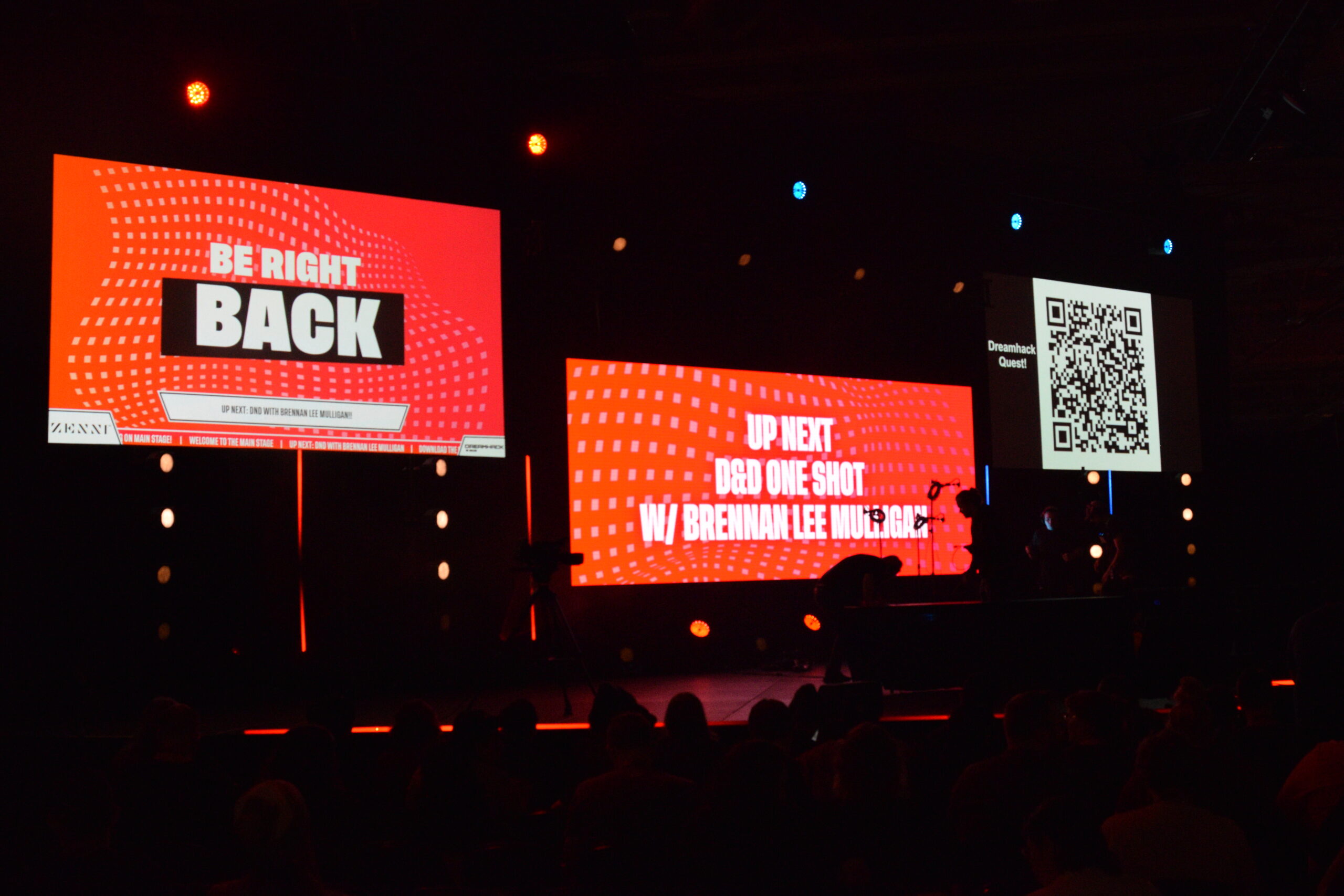DreamHack, the major esports event, almost doesn’t sound real when you try to describe it to the uninitiated: A darkened convention center where you watch some of the world’s best gamers compete with each other at every kind of game imaginable while you yourself play games on provided machines. It sounds so dreamlike and, when you’re wandering a convention hall bathed in soft orange light, it can certainly feel dreamlike.
DreamHack Dallas is one of my favorite annual events, in part because I get to sleep in my own bed at the end of each day. It’s been fascinating watching the event grow over time, and in 2024, the event felt like one of the largest I’ve ever seen. This was not hyperbole as I was later informed that the event had over 55,000 attendees, making it the largest DreamHack ever.

Unlock premium content and VIP community perks with GB M A X!
Join now to enjoy our free and premium membership perks.
![]()

![]()